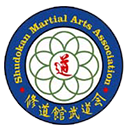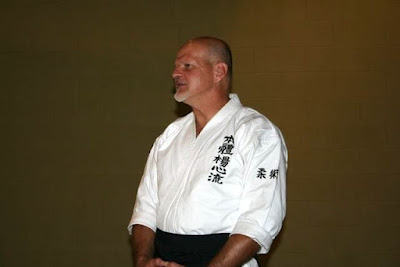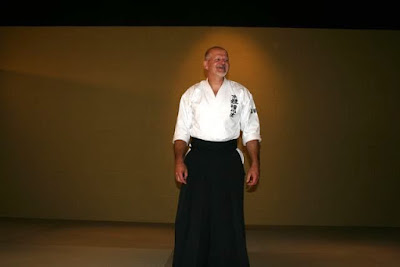"I'm certain my teacher is showing us real Japanese-style jujutsu (or kenjutsu, bojutsu, etc.). Some of his movements are identical to the ones I've seen in samurai movies from Japan."
I’ve heard this before as well. So have Steve Fabian Sensei, Ohsaki Jun Sensei, Kevin Heard Sensei, Wayne Muromoto Sensei, and other longtime Nippon jujutsu teachers at SMAA. Speaking for myself, I’m sympathetic to anyone’s desire to have faith in their sensei, but this kind of statement reveals a huge lack of knowledge concerning Japanese martial arts in general.
Samurai movies are not usually produced by martial arts experts. Their goal isn’t educational, but aimed at entertainment, and real koryu bujutsu is often deceptively simple. It doesn’t necessarily look good on film. Those aren’t real swords in Seven Samurai, and while sometimes real martial artists are consulted in movie-making, their goal is still to entertain more than to recreate.
Explaining how to recognize authentic Nihon jujutsu, beyond asking for proof of certification from valid groups, is a huge subject. Fabian Sensei, a Director for the SMAA Jujutsu Division and seventh dan, did a fine job of addressing this for our journal. You can find his article here.
Learn More at an International Martial Arts Association
Are you researching a specific ryu, a particular dojo, or jujutsu in general? You can send your questions to leaders in the SMAA Jujutsu Division; we’ll be happy to help! For other questions about our international martial arts association, call (734) 720-0330 or submit a contact form here.
*Pictured in this blog: Stephen Fabian Sensei, Director of Traditional Jujutsu.












